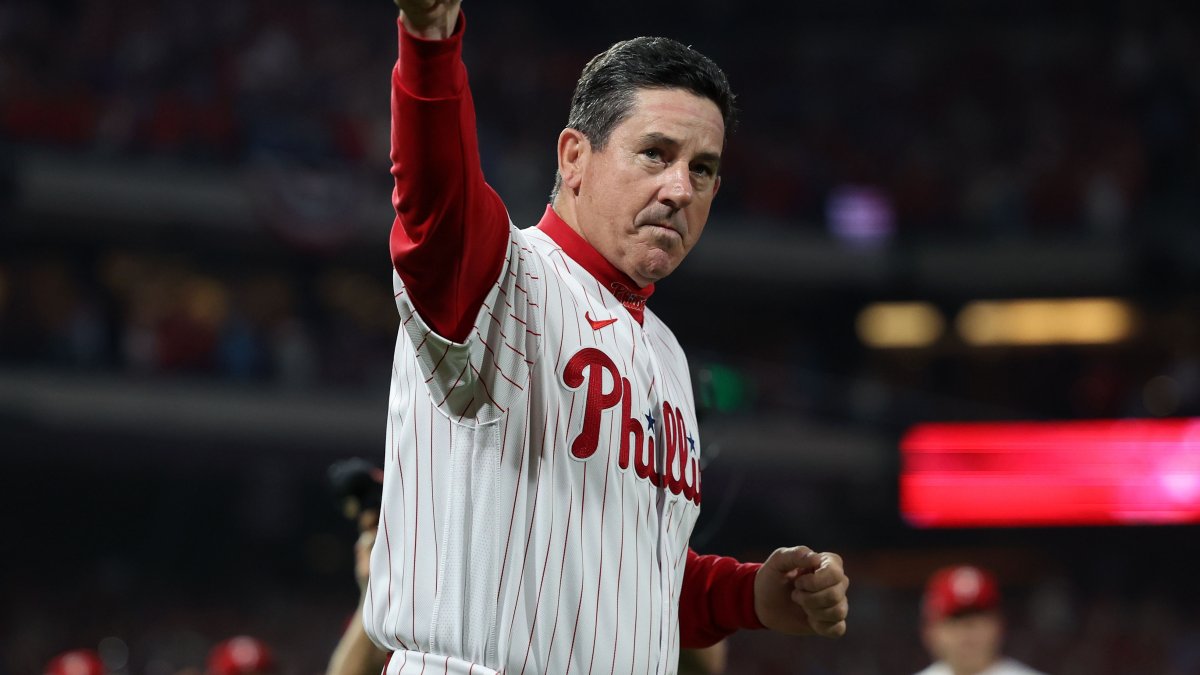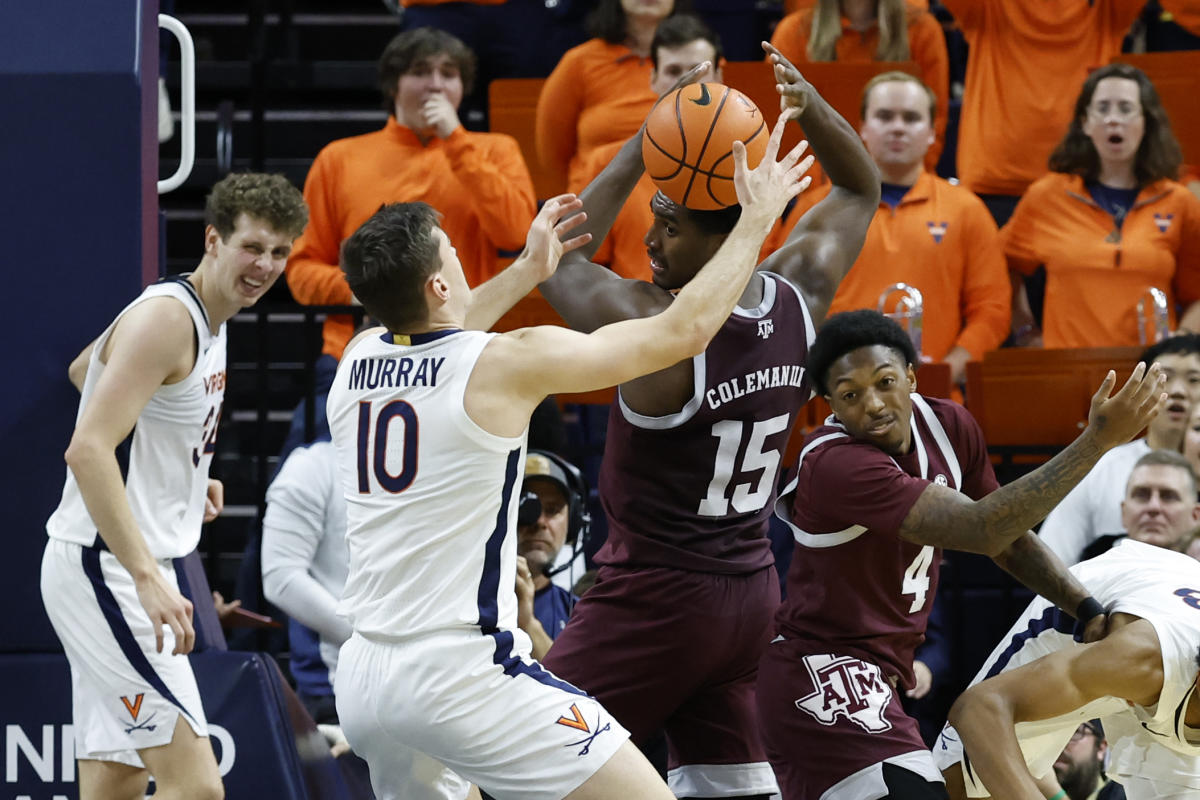At long last, the NHL has unveiled its highly anticipated player and puck tracking data to the public with the introduction of NHL EDGE, a cutting-edge advanced stats portal. This momentous occasion marks the culmination of over eight years of delayed timelines and empty promises, finally delivering on the excitement that fans have been waiting for. While the NHL EDGE is far from perfect – after all, we’re talking about the NHL here – it does represent a significant step forward, providing players and teams with a wealth of new data and insights, as long as they are used responsibly.
The new stats offered by NHL EDGE, such as speed, distance, locations, and zone time, add depth and context to player analysis, filling in the blanks previously left unanswered. The inclusion of league average marks and percentiles is a stroke of genius by the NHL, providing much-needed context to these new stats by establishing baselines. Furthermore, the fact that the data goes back to the 2021-22 season is incredible, giving fans two full seasons to explore and analyze while the new season gets underway.
While the initial rollout of NHL EDGE is promising, it’s important to note that there is still much improvement that can be made. The NHL acknowledges this, labeling it as “Version 1 of many” and already working on Version 2. This is excellent news and allows us to start brainstorming a wish list for future iterations. Here are some features and stats that I hope to see in the near future, as well as some suggestions from others:
Stats I want to see:
1. Passing data: The addition of passing data would provide a world of insights, from passes by zone to successful passes, blocked passes, passes leading to shots, and more. Shot assists could also be a game-changer for fantasy hockey, adding an extra level of excitement and engagement.
2. Zone entries and exits: A comprehensive breakdown of zone entries and exits, including different types such as with possession, via a pass, or through a dump-in, would offer valuable information on sustained pressure, puck possession, and chances created. Adding the defensive aspect of zone entry and exit defense would be a bonus.
3. Puck possession: It goes without saying that puck possession is a critical aspect of the game. Including puck touches by zone would provide further insights into player performance.
4. Shot and goal location relative to the net: Knowing where shots and goals are most likely to occur, both for goalies and skaters, would provide valuable information. This could include goalies’ net coverage and where skaters’ shots typically end up.
5. Goalie net coverage: While it may be a lofty goal, it would be fascinating to know how much of the net each goalie covers on an average shot. This data would be invaluable for analyzing goalie performance and tendencies.
6. Team attack and defense breakdown: Understanding how teams attack and defend, including their reliance on the rush or cycle, possession vs. counterattacks, would provide a deeper understanding of team strategies and styles.
7. Rush opportunities: Analyzing rush opportunities would offer insights into goal-scoring situations and the types of rushes that are most effective, such as two-on-ones, three-on-twos, breakaways, and the average burst speed per rush.
8. Forechecking stats: For teams that excel in the grind game, including forechecking stats like pressure on the puck, dump-ins recovered, puck battles won, and loose puck recoveries would provide a comprehensive picture of their playstyle.
9. Enhancing current stats: The NHL already tracks hits, giveaways, and takeaways, but there is room for improvement. Adding metrics like “effective contact” for hits, showcasing giveaways and takeaways by zone and per puck touch, would make these stats more meaningful and useful.
10. Offensive gravity: A concept borrowed from basketball, offensive gravity measures how much space a player commands in the offensive zone without the puck. This metric would provide valuable insights into a player’s effectiveness and adds context to their on-puck performance. On the defensive side, showcasing a player’s gap control or ability to limit space would be incredibly informative.
Features I want added:
1. Expanded leaderboard: The current limitation of only displaying the top 10 players or teams for each category on NHL EDGE is disappointing. A fully customizable leaderboard with filters and sorting options would greatly enhance the user experience, allowing fans to explore the data more efficiently.
2. Data download capability: Allowing users to download the data would not only make it more appealing to power users but also foster the growth of analytics in hockey. Hobbyists and fans alike have played a crucial role in uncovering meaningful insights through the analysis of data, and providing access to download the data is essential in fostering further discovery.
3. API access: While understandable that the NHL may not want to release a vast amount of data for free, offering API access to the data would empower users to create innovative tools and models that can benefit the greater public, such as incorporating shot and skating speed into expected goals models.
4. Defensive team stats: While the current stats on NHL EDGE focus primarily on offense, it would be beneficial to include defensive components as well. This could include shot locations against, the distance teams have to cover against specific opponents, and how teams are forced to alter their playing style against certain opponents.
In conclusion, NHL EDGE represents a significant step forward for the NHL in terms of providing fans with detailed player and puck tracking data. While there is room for improvement, the NHL has already acknowledged this and is actively working on future versions. With the inclusion of additional stats and features, NHL EDGE has the potential to rival other leagues in terms of the depth and breadth of data provided. So, let’s embrace this exciting new era and continue to push for further advancements in hockey analytics!

Sarah Anderson dives into the fast-paced world of NHL hockey. Her coverage includes game analysis, player spotlights, and the latest news from the ice. Sarah’s dedication to the sport ensures that hockey enthusiasts stay informed about the NHL’s thrilling action.




:no_upscale()/cdn.vox-cdn.com/uploads/chorus_image/image/72931262/usa_today_21973134.0.jpg)


